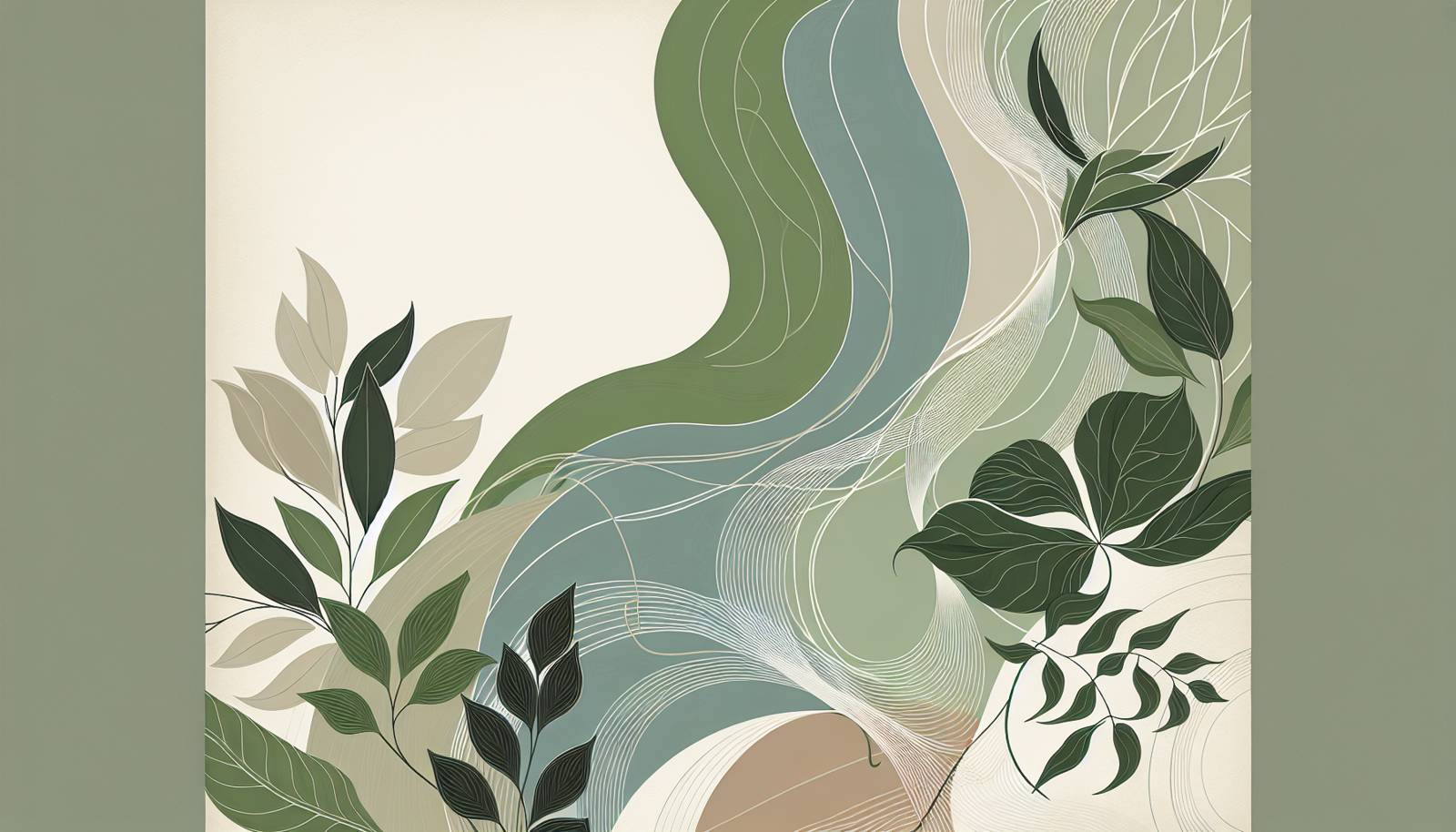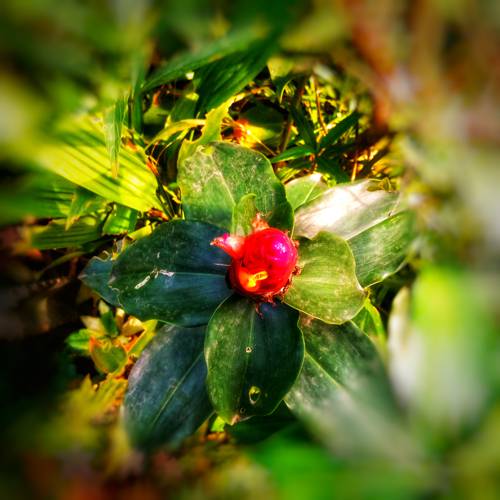
FAQ About Indoor Plant Pruning and Maintenance

What is the best time of year to prune indoor plants?
The best time to prune indoor plants is generally in the early spring. This is when the plants are beginning their active growing phase, making it easier for them to heal and produce new growth. However, if your plant is growing vigorously or has dead or diseased parts, you can prune them as needed throughout the year.

How do I know if my indoor plant needs pruning?
Signs that an indoor plant needs pruning include dead or yellowing leaves, spindly growth, overgrown appearance, or branches that are crossing or blocking light from reaching other parts of the plant. Regular inspection will help you determine when your plant requires pruning.

What tools do I need for pruning indoor plants?
Essential tools for pruning indoor plants include sharp, clean scissors or pruning shears, a small knife for more precise cuts, and possibly some gardening gloves for protection. Ensure your tools are sterilized before use to prevent the spread of disease.

How should I prune a plant to encourage bushy growth?
To promote bushy growth, focus on trimming the plant just above a leaf node or a joint where a leaf attaches to a stem. This encourages the plant to grow new branches from that point. Regular trimming of overgrown or leggy parts will also help maintain a denser appearance.

Can pruning help prevent disease in indoor plants?
Yes, regular pruning can help prevent disease by removing dead or diseased foliage and improving air circulation around the plant. This reduces the likelihood of fungal infections and other problems associated with poor airflow and overly dense growth.

How do I safely prune large leaves from an indoor plant?
To safely prune large leaves, use sharp scissors or shears to cut the stem of the leaf close to the base of the plant. Make sure your tools are clean to avoid introducing disease, and remove leaves that are yellow, brown, or damaged to improve the plant's overall health.

Why should I prune leggy indoor plants?
Pruning leggy indoor plants is important to encourage fuller, more balanced growth. Legginess often occurs due to insufficient light, causing plants to stretch towards the light source. Pruning helps redirect the plant's energy towards producing healthier, more compact growth.

How can I shape a top-heavy plant through pruning?
To shape a top-heavy plant, strategically prune longer stems and branches to redistribute weight and encourage lateral growth. Additionally, prune any dense foliage around the top that may be causing the imbalance. This helps stabilize the plant and promote a more even shape.

What should I do with the cuttings after pruning indoor plants?
After pruning, you can repurpose healthy cuttings for propagation if they're viable. Place them in water or soil to grow new plants. Any diseased or unhealthy material should be disposed of properly, typically in the trash or a compost bin that can handle plant waste effectively.

How do I know if I am over-pruning my indoor plant?
Over-pruning can be identified by stunted growth, lack of new shoots, or an overall unhealthy appearance. It's important to leave enough healthy foliage so the plant can photosynthesize effectively. Generally, avoid removing more than a third of the plant's mass at any one time.

Is it okay to prune indoor plants during flowering?
While it’s usually best to avoid pruning flowering plants during their bloom period to protect flowers, it is possible if necessary. Focus only on removing dead or diseased parts and avoid major shaping if the plant is actively flowering to reduce stress.

How can I maintain indoor plants between prunings?
To maintain indoor plants between prunings, ensure they are receiving proper light, water, and nutrients. Keep the leaves free of dust, which can impede photosynthesis, and monitor for pests and disease. Regularly pinch back small growth to encourage bushiness without the need for full pruning sessions.

Can pruning affect the flowering of indoor plants?
Yes, pruning can affect flowering. Proper pruning can enhance flowering by removing dead stems and promoting new growth. However, incorrect pruning timing or technique might inadvertently remove buds or stress the plant, reducing blooms.

What is the difference between pruning and trimming indoor plants?
Pruning is a more involved process focused on removing specific stems, branches, or leaves to improve plant health and structure. Trimming, on the other hand, typically refers to cutting back leaves or stems minimally to improve the plant's appearance.

How often should I prune my indoor plants?
The frequency of pruning depends on the type and growth rate of your plant. Regular inspection should guide your pruning needs; generally, most plants benefit from a light trimming once or twice a year, with more frequent attention given to fast-growing species.

Can I prune the roots of my indoor plant?
Root pruning is possible but should be done sparingly, primarily when repotting a plant. It helps prevent plants from becoming root-bound and encourages new root growth. Be sure to prune a minimal amount and use sterilized tools to prevent infection.

How does pruning affect the growth of indoor succulent plants?
Pruning succulent plants helps manage size, remove dead or damaged parts, and encourage new growth. Since succulents store water in their leaves, careful pruning can also help reduce the likelihood of rot and other moisture-related issues.

What techniques are recommended for pruning vine indoor plants?
When pruning vine plants, it's important to cut back excessively long vines to encourage branching and fuller growth. Focus on problematic areas where vines are tangled or growing unwieldily. Regularly pinching the tip of the vine encourages a bushier plant.

Are there any indoor plants that should not be pruned?
While most indoor plants benefit from occasional pruning, some species, particularly very slow-growing ones or those meant to have a specific shape, like certain bonsai, may require minimal to no pruning. Always research your specific plant type before deciding on pruning care.
